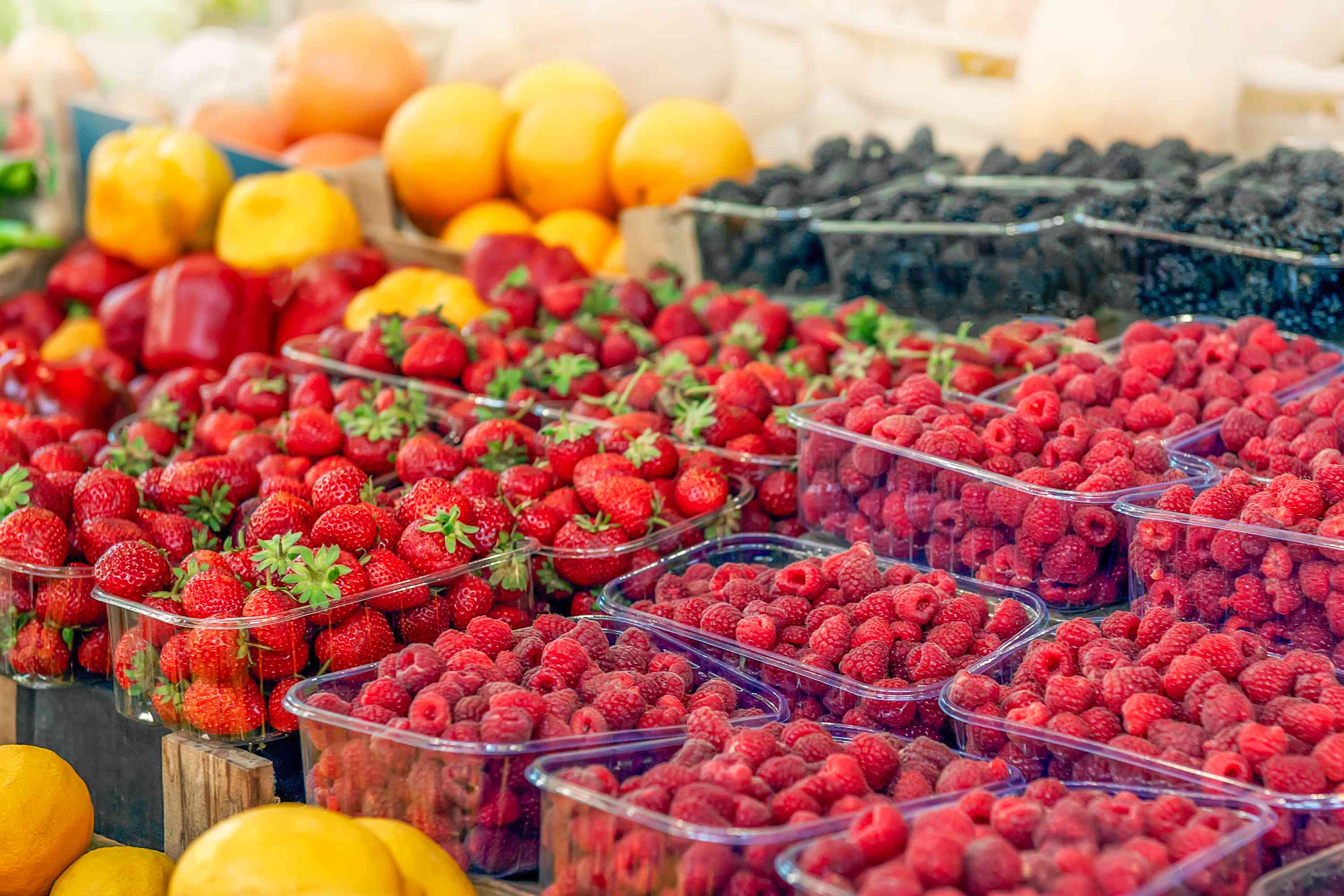Organic vs. Conventional Strawberries: What Experts Say About the Key Differences

Fresh strawberries are a beloved summer treat, but they also come with a reputation as one of the most pesticide-contaminated fruits. According to recent findings, strawberries consistently rank at the top of the Environmental Working Group’s (EWG) Dirty Dozen list—a compilation of produce items with the highest levels of pesticide residues. In non-organic samples, strawberries were found to contain an average of eight different pesticides per sample.
Strawberries are particularly vulnerable to pests and spoilage microbes, making them difficult to grow without some form of pest control. Keith Warriner, a professor in the Department of Food Science at the University of Guelph, explains that this susceptibility is the main reason for pesticide use. Without these measures, strawberry crops would face significant losses.
The EWG's 2024 report analyzed over 47,000 samples from 46 types of fruits and vegetables. While the 2025 update has not yet been released, the previous data remains relevant. Strawberries are joined on the Dirty Dozen list by spinach, leafy greens such as kale and collards, nectarines, apples, grapes, bell peppers, cherries, peaches, pears, celery, and tomatoes.
Despite the presence of pesticides, experts like Carl Winter, Ph.D., emeritus professor in food science at the University of California, Davis, emphasize that regulatory standards ensure pesticide levels remain within safe limits. He points out that it’s not just the presence of chemicals but their concentration that determines risk. Winter also cautions against allowing lists like the Dirty Dozen to deter people from consuming fruits and vegetables altogether, which offer substantial health benefits.
Washing produce before eating is a good practice to reduce the risk of foodborne illness, though it may not fully eliminate pesticide residues. Some strawberries have a waxy coating designed to prevent mold growth, which can be hard to remove through washing alone. Xiaonan Lu, Ph.D., a professor in food safety at McGill University, notes that while cooking can kill microbes, it does not necessarily remove chemical residues.
Organic farming methods do involve restrictions on synthetic pesticides, but Warriner clarifies that organic doesn't mean entirely pesticide-free. Organic growers often choose plant varieties that naturally resist pests and may cultivate them in controlled environments. However, purchasing organic strawberries typically comes with a higher price tag. Winter suggests that while organic options might appeal to those seeking fewer contaminants, conventional strawberries still pose negligible risks due to low residue levels.
Ultimately, both organic and conventionally grown fruits and vegetables play a vital role in a healthy diet. The key takeaway is that the nutritional advantages of including these foods far outweigh any minimal risks associated with pesticide exposure. Consumers should feel confident in choosing either option based on personal preference and budget considerations.
Post a Comment for "Organic vs. Conventional Strawberries: What Experts Say About the Key Differences"
Post a Comment